November 2022
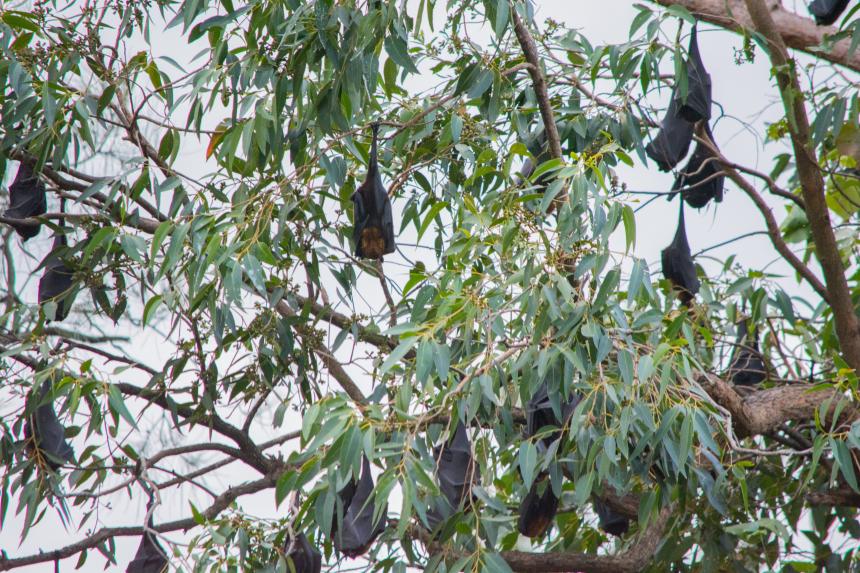
November 20, 2022
Raina Plowright, a disease ecologist at Cornell University who studies pandemic prevention, has been studying Hendra virus in bats. She advises us to pay attention to bat habitat and to keep bats well-fed and healthy in order to reduce the risk of bat-borne viruses passing from animals into humans.
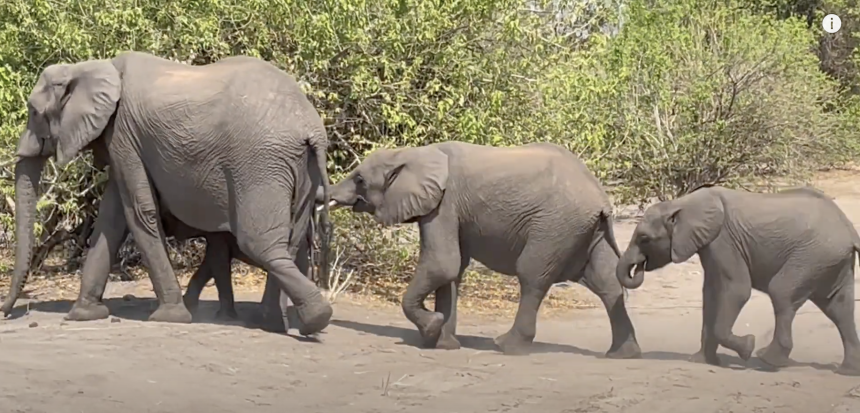
Video
November 18, 2022
Our team has been working in the Kavango Zambezi Transfrontier Conservation Area to reduce wildlife-livestock conflict, improve community livelihoods, and restore ancient wildlife migration pathways, including those of Africa’s largest remaining population of elephants (~220,000). This video was taken by Cornell Wildlife Health Center Dr. Steve Osofsky.
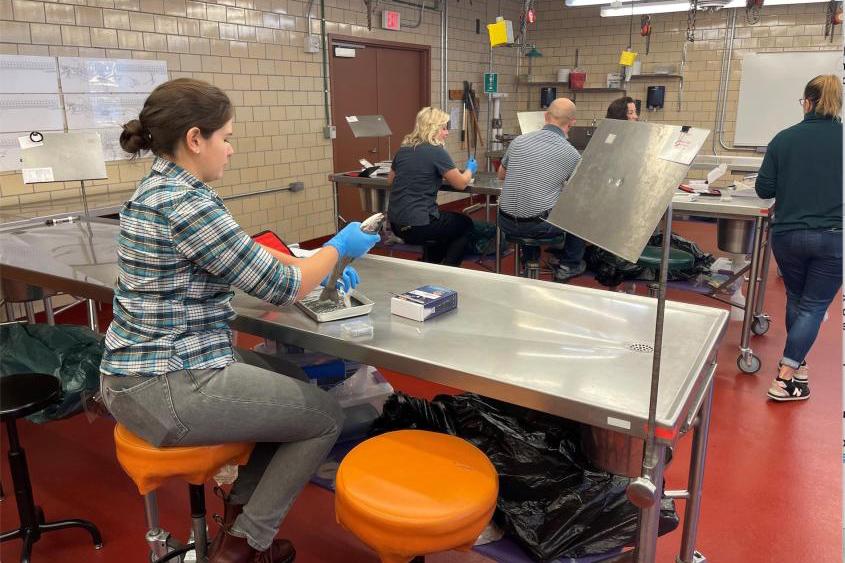
November 16, 2022
Cornell hosted the Great Lakes Aquaculture Days 2022 Fish Health Workshop. New York state fish farmers, graduate students, and researchers from Cornell and other universities gathered to join for a day of hands-on learning and shared expertise in fish health.
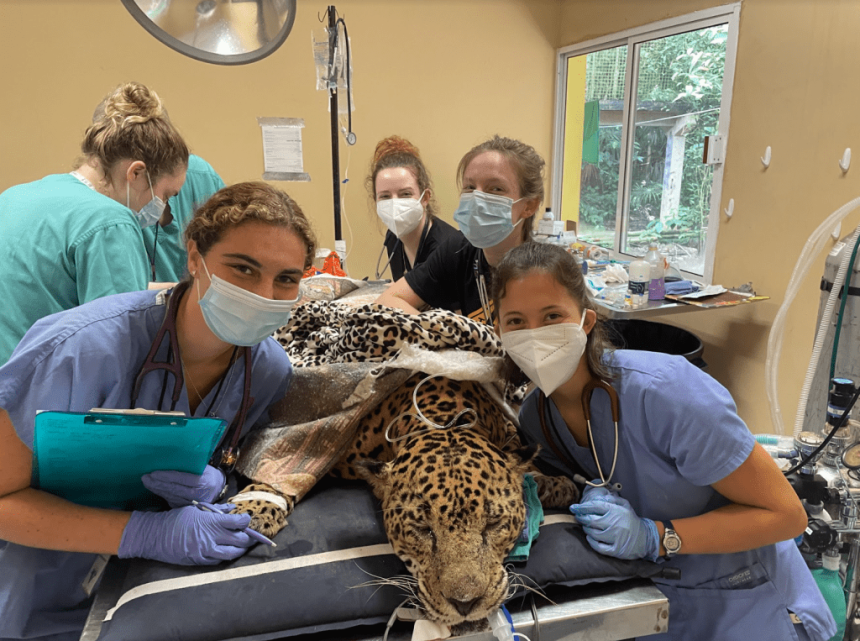
November 15, 2022
Cornell veterinary students reflect on their experience this past summer in Cornell's International Experience in Wildlife Health and Conservation course, which provided hands-on learning in zoological and conservation medicine at the Belize Zoo.

November 07, 2022
In October 2022, CVM's Department of Public and Ecosystem Health held its first departmental symposium, which featured faculty and staff presentations, a student poster session and a panel discussion.

Video
November 04, 2022
Cornell Wildlife Health Center director Dr. Steve Osofsky takes you on a brief tour of our One Health work around the world.
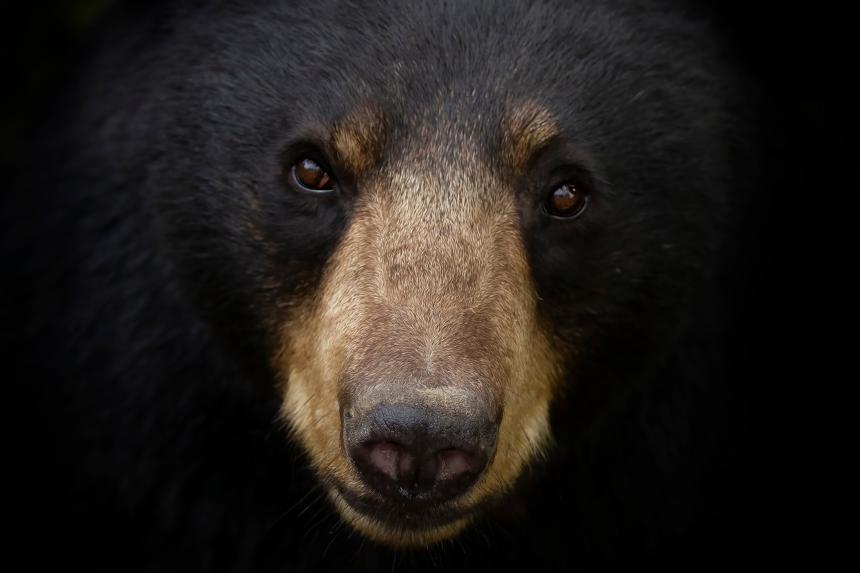
November 03, 2022
A new paper published by the Cornell Wildlife Health Lab team and partners describes the emergence of mange in New York State black bears.
News
November 03, 2022
If Dr. Benjamin Jakobek decides to write a book, I will be first in line to buy it. As he tells me about some of the projects he’s been a part of, including capturing and collaring muskox in Nunavik and working to transport caribou to a protected environment, he is a reminder to all of us aspiring veterinarians that we will one day have the capability and arguably, the responsibility, to help protect wild animals and places around the world....
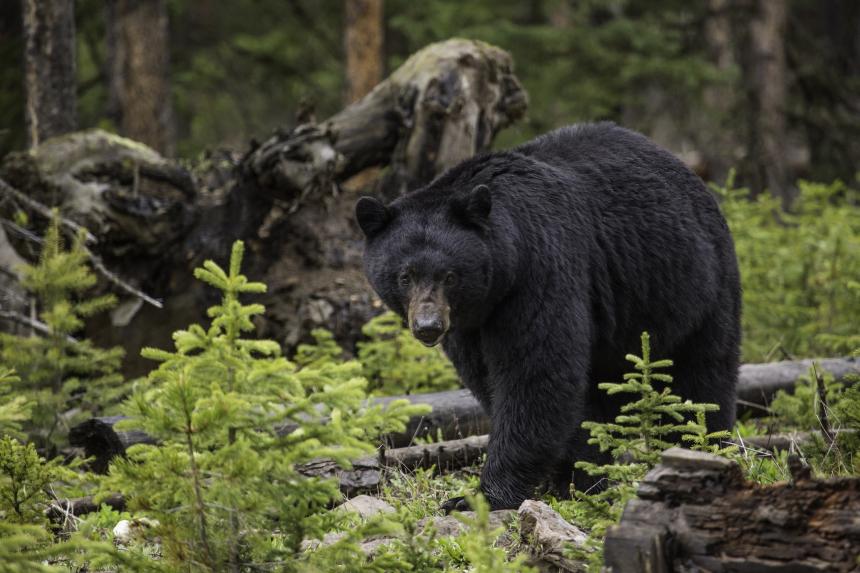
For Your Information
November 02, 2022
Mange is a parasitic skin disease found in free-ranging wildlife populations and has been increasingly reported in black bears over the last decade in New York State. This paper led by Cornell researchers describes the geographic, seasonal, and demographic factors associated with mange in NYS black bears.
Video
November 01, 2022
An amazing sight — a colony of thousands of Carmine Bee-eaters in the Zambezi Region, Namibia caught on camera by Dr. Steve Osofsky, director of the Cornell Wildlife Health Center and professor at the Cornell University College of Veterinary Medicine.
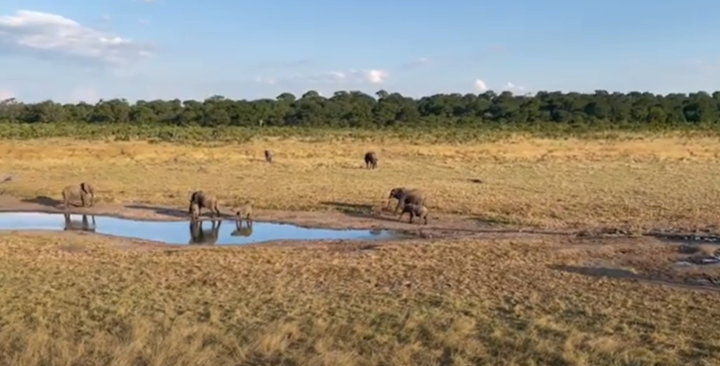
Video
November 01, 2022
“This is why we do what we do,” says Center Director Dr. Steve Osofsky, who took this video of an elephant herd this spring while working with local partners in the Kavango Zambezi Transfrontier Conservation Area in southern Africa.
